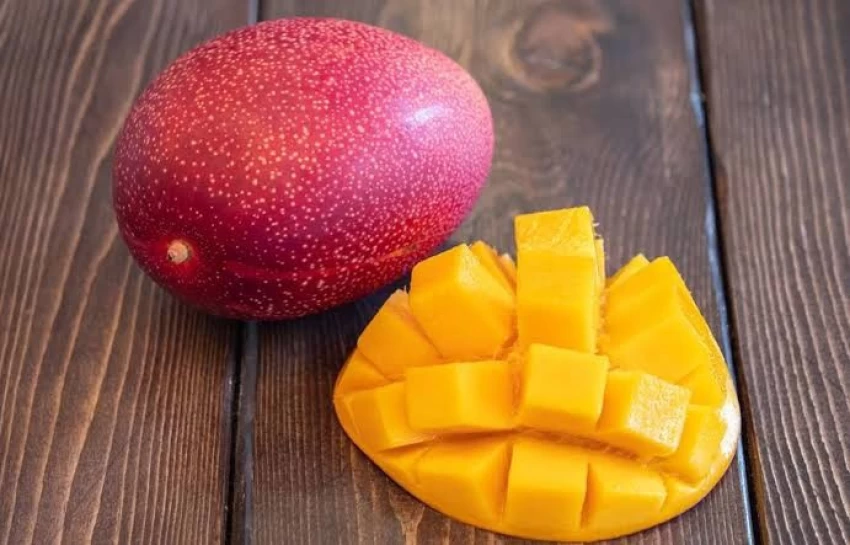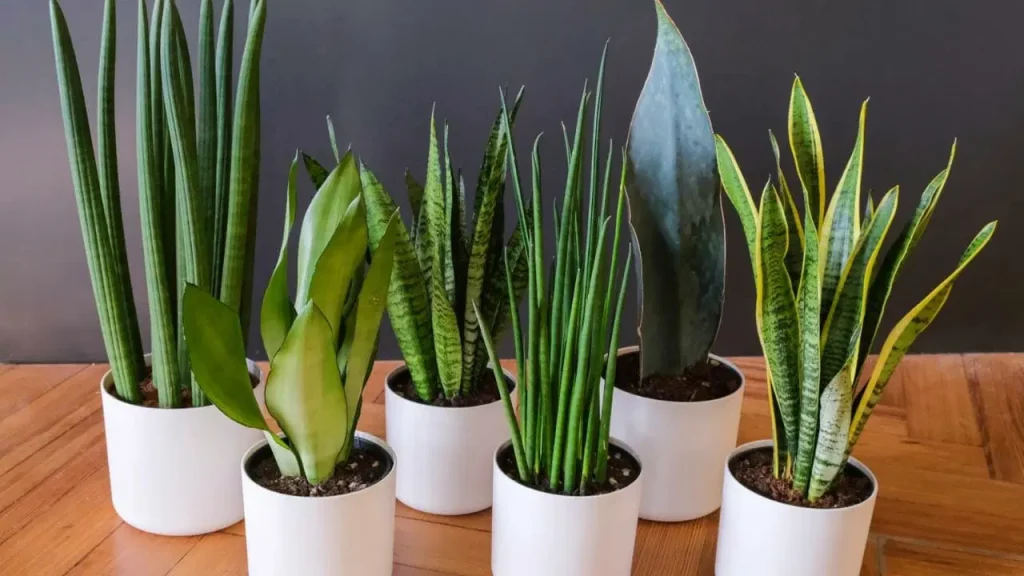What are Caudex Plants or Caudiciform:
Caudiciforms are plants that develop a caudex, a thickened, woody or succulent stem, root, or base used for storing water and nutrients. This adaptation helps them survive in arid or seasonal environments where water is scarce.
Characteristics of Caudex Plants or Caudiciform
- Thickened Caudex: Stores water and nutrients, often above or partially above ground.
- Drought Tolerant: Can survive long dry periods by using stored moisture.
- Dormancy Periods: Many caudiciforms shed their leaves and go dormant during dry or cold seasons.
- Unique Growth Habits: Some are climbers, others remain compact and bonsai-like.
Examples of Caudex Plants or Caudiciform
- Stephania suberosa – A climbing caudiciform with a large, corky caudex.
- Adenium obesum (Desert Rose) – A succulent shrub with a swollen trunk.
- Dioscorea elephantipes (Elephant Foot Yam) – Has a cracked, rock-like caudex.
- Pachypodium lamerei (Madagascar Palm) – A spiny succulent with a thick base.
- Fockea edulis – A vining caudiciform with an edible caudex.
Growing and Care Tips for Caudex Plants or Caudiciform
- Well-draining soil: Avoid root rot by using a sandy, fast-draining mix.
- Minimal watering: Water sparingly, especially during dormancy.
- Bright light: Most caudiciforms thrive in full sun or bright indirect light.
- Temperature control: Protect from extreme cold as many are tropical or desert plants.
🌿 Caudex Plant or (Caudiciform) Care Guide 🌿
Caudiciform plants store water and nutrients in their caudex (swollen stem, root, or trunk), making them highly drought-tolerant. Proper care ensures a healthy and attractive plant.
â˜€ï¸ Light Requirements
- Most caudiciforms prefer bright light (some tolerate full sun).
- Indoor growers should place them near a sunny window (south or east-facing).
- If leaves appear weak or stretched, increase light exposure.
💧 Watering
- Less is more! Overwatering is the #1 killer of caudex plants.
- During active growth (spring & summer): Water when the soil is completely dry.
- During dormancy (fall & winter): Reduce or completely stop watering.
📌 Tip: If the caudex starts to shrink slightly, it’s time to water.
ðŸŒ¡ï¸ Temperature & Humidity
- Thrive in warm temperatures (20-30°C / 68-86°F).
- Avoid temperatures below 10°C (50°F)—protect from cold!
- Most prefer low to moderate humidity; no need to mist.
🪴 Soil & Potting
- Use a well-draining soil mix (cactus/succulent mix works well).
- Add pumice, perlite, or sand for extra drainage.
- Shallow, wide pots are best to accommodate the caudex.
💤 Dormancy Period
- Many caudex plants drop their leaves and go dormant in cooler months.
- Reduce or stop watering completely during dormancy.
- Resume watering when new shoots appear in spring.
🌿 Fertilizing
- Use a balanced, diluted fertilizer during the growing season (once a month).
- Avoid fertilizing during dormancy.
âœ‚ï¸ Pruning & Shaping
- Trim dead or leggy growth to maintain shape.
- If growing vines, you can train them on a trellis or stake.
âš ï¸ Common Problems & Solutions of Caudex Plants or Caudiciform
| Problem | Cause | Solution |
|---|---|---|
| Caudex shriveling | Too dry | Water slightly |
| Soft caudex | Overwatering/rot | Check roots, repot in dry soil |
| No leaves in spring | Dormancy delay | Be patient, warm up plant |
| Leggy growth | Not enough light | Move to a brighter location |
🌱 Examples of Caudex Plants
✅ Stephania suberosa (Thailand caudex plant)
✅ Adenium obesum (Desert Rose)
✅ Dioscorea elephantipes (Elephant Foot Yam)
✅ Pachypodium Brevicaule (Madagascar Palm)
✅ Fockea edulis (Edible Fockea)



